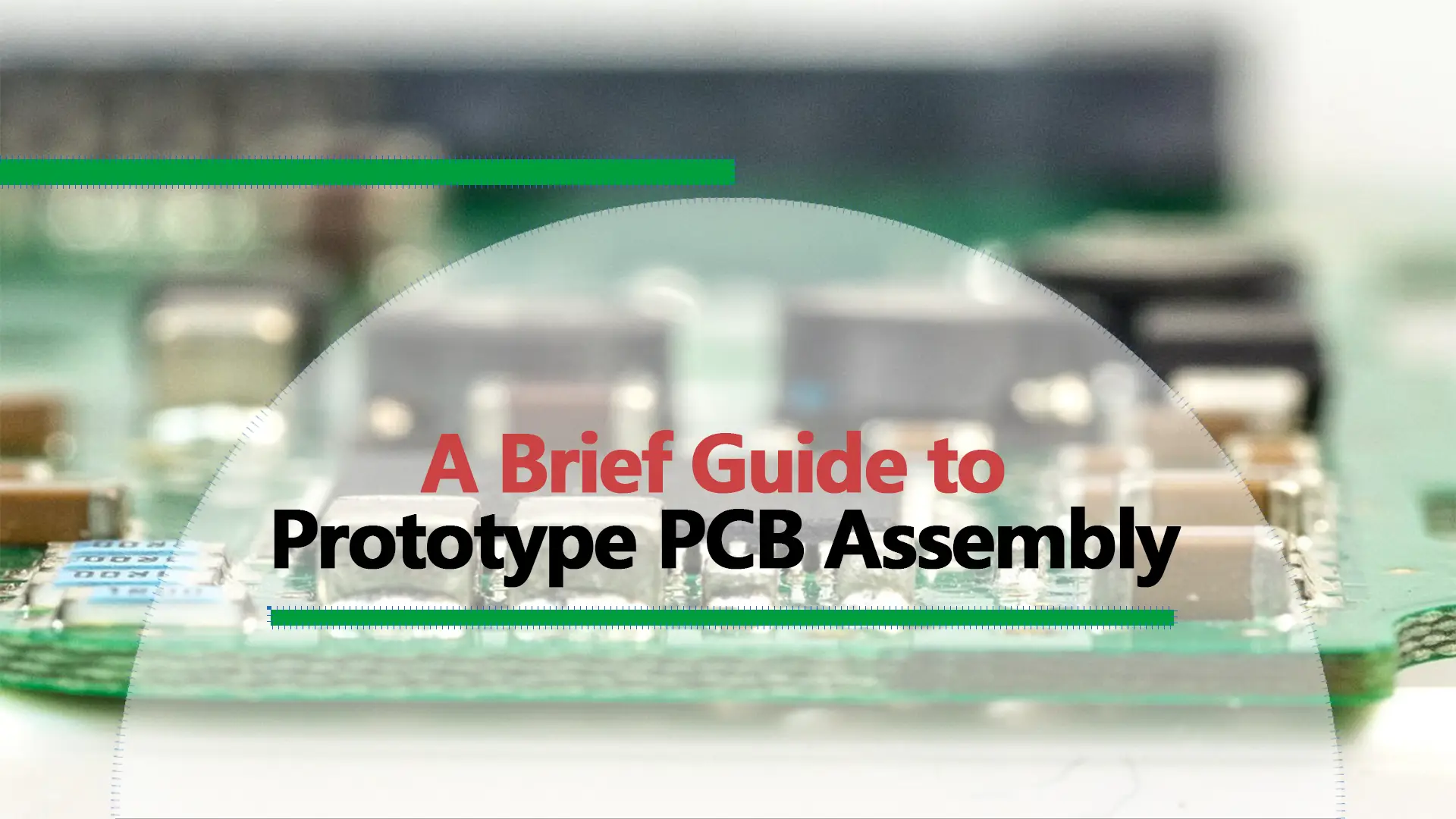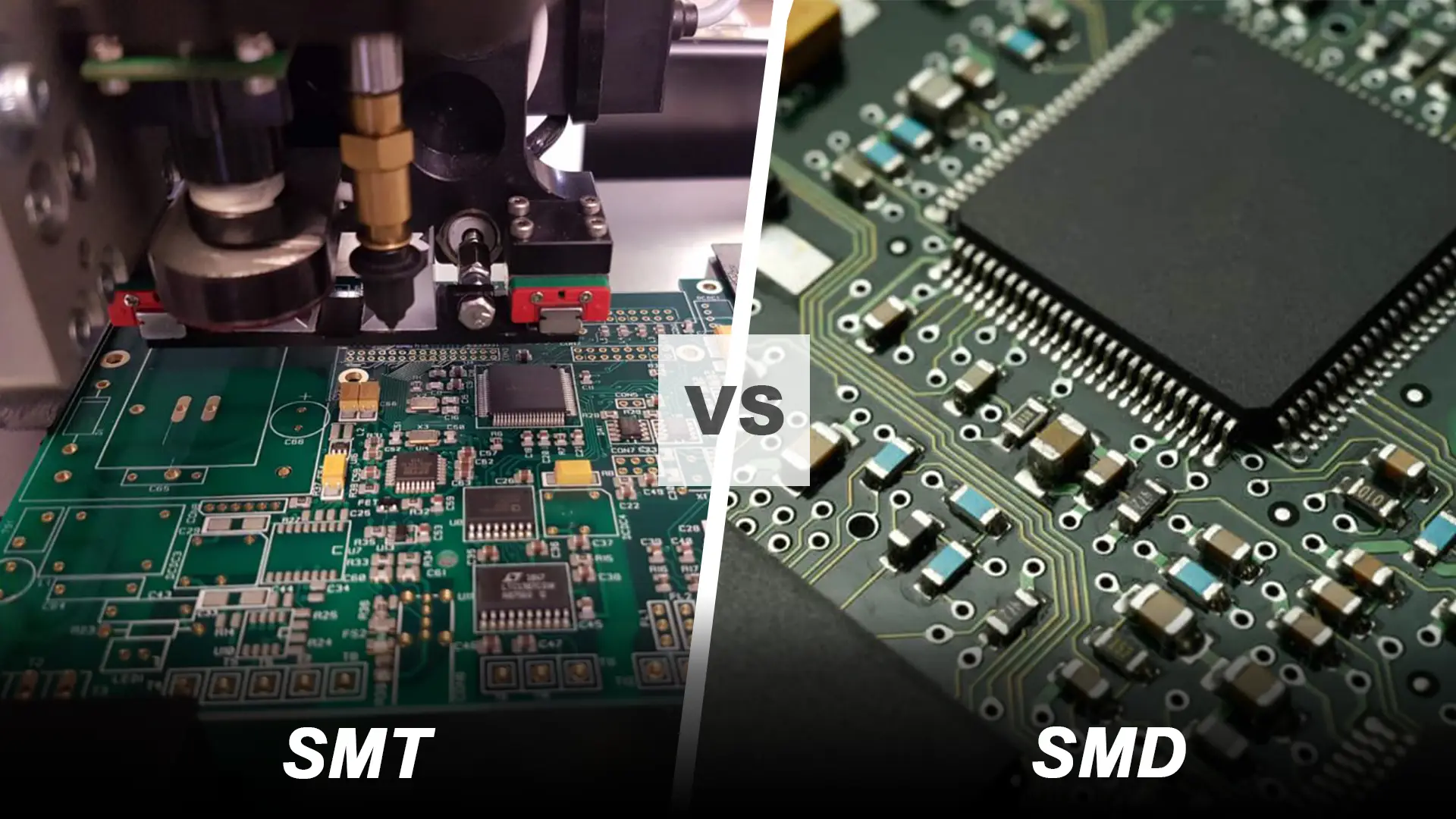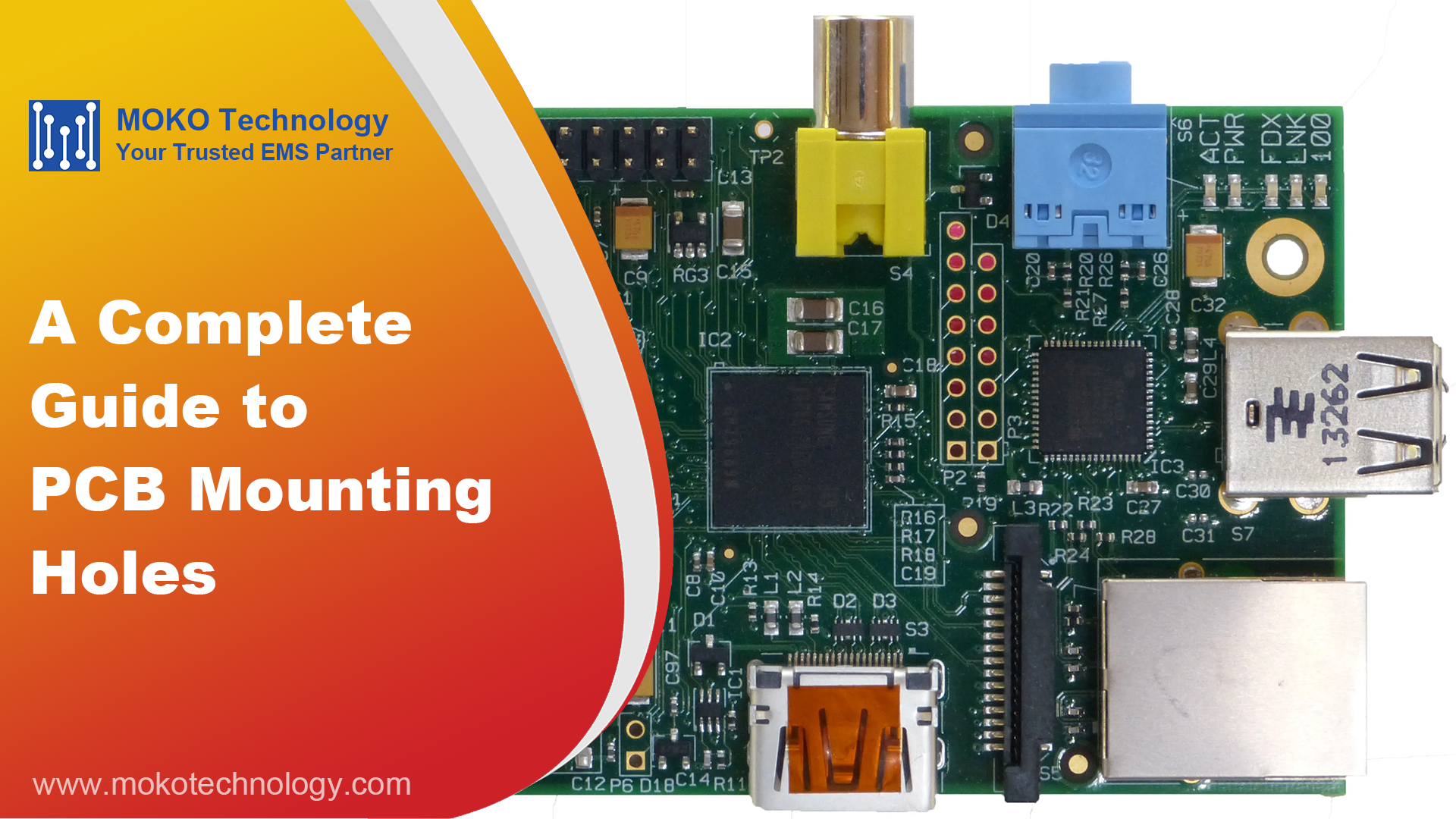If you want space assembly of parts, which is called dead bug assembly, the following tips may be helpful for you to make a prototype.
Used a scrap of cardboard from a cereal box at times. Glue the larger part(s) down with something fast-drying, then use fine wire to connect the smaller parts. Magnet wire or wire wrapping wire is good for interconnections, especially in the field of handmade telecom PCB prototypes.
Don’t forget to check whether the glue causes a short circuit.
Read More: PCB Prototype
#PCB Assembly



